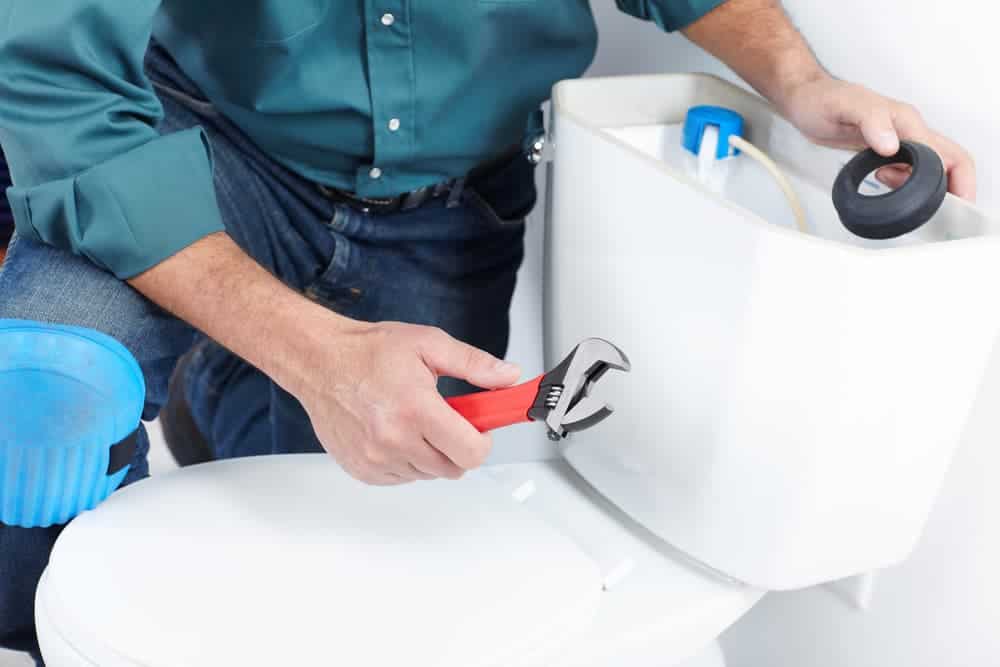
While they aren’t often rated among plumbing emergencies, running toilets are a noisy nuisance that can waste as much as six gallons of your water supply per day.
This issue does not only lead to an increase in your water bill and gurgling noises in your bathroom all day; it additionally leads to a weak flush and is one of the major causes of the eventual breakdown of the toilet.
If you are looking to fix your running toilet, then you’ve stopped at the right spot.
Here, we curated common causes of running toilets and explained how to bring them all to a screeching halt.
How a Typical Toilet Works
For a proper understanding of this guide to fixing a running toilet, you are required to have some basic knowledge of the water closet beyond the immediate workings of your toilet bowl.
To make it easy to follow, we shall divide the working mechanism of a typical water closet toilet into two:
● The filling and refilling mechanism
● Flushing mechanism
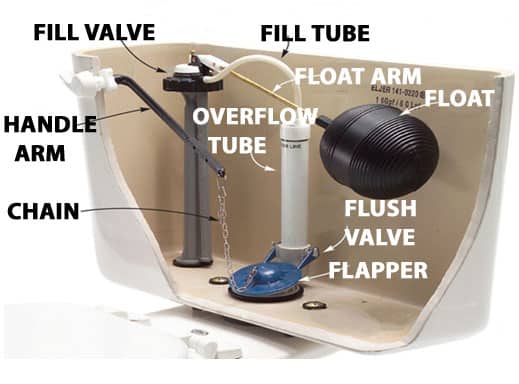
The Filling and Refilling Mechanism
The filling and refilling mechanism is made up of a filler float/ float ball whose duty is to lower and alert the fill valve that the water tank is empty, a refill tube that takes fresh water into the toilet tank, and a gasket that sits at the base of the flush valve.
Also, here you would find the flapper that acts as an impermeable barrier between the drain hole and the toilet bowl and will only open up when the flushing mechanism is activated.
How Does It Work?
While the water flows into the tank, the float rod flows with it. After the designated quantity of water pools into the tank and the float ball reaches a predetermined level, the fill valve pauses the water flow until the next flush cycle.
The overflow tube has one duty: collecting excess water due to either the filler valve getting stuck or the overflow ball getting detached from its position.
When this happens, it is the duty of the overflow tube to collect and drain excess water to the toilet bowl so that the tank does not overflow.
The Flushing Mechanism
The flushing mechanism is another integral part of the toilet that cannot be overlooked. It’s essential for the proper functioning of your toilet, and it could help you to stop a running toilet.
How Does It Work?
The pressed-down handle tugs on the chain connected to the flush valve flapper, snapping back into place only when the tank empties by passing through the drain hole, all in a bid to get rid of the dirt in the toilet bowl.
With running toilets, however, the water never quite empties, indicating pooling of water into the overflow tanks or an error in the flush valve system.
Three Major Culprits of Running Toilets and their Remedies
When investigating running toilets, you’d usually want to know if the fault arises in the overflow tank or the flush valve.
A dye test is a great way to check out our options. We put a few drops of dye into the tank and promptly flush it.
Some of the most common reasons for a constantly running toilet are:
A corroded toilet handle
Dirty flapper
A worn flush valve
Cracked flapper seal
Faulty valves
Slackened flapper chain
Still, we strongly recommend looking behind the toilet tank lid to identify the problem area accurately.
Tools/Supplies You Would Need to Fix a Running Toilet
● Channel-lock pliers
● Bucket
● Towel
● Screw-drive
● Flapper
● Fill valve
The Flapper: How to Fix a Faulty Flapper
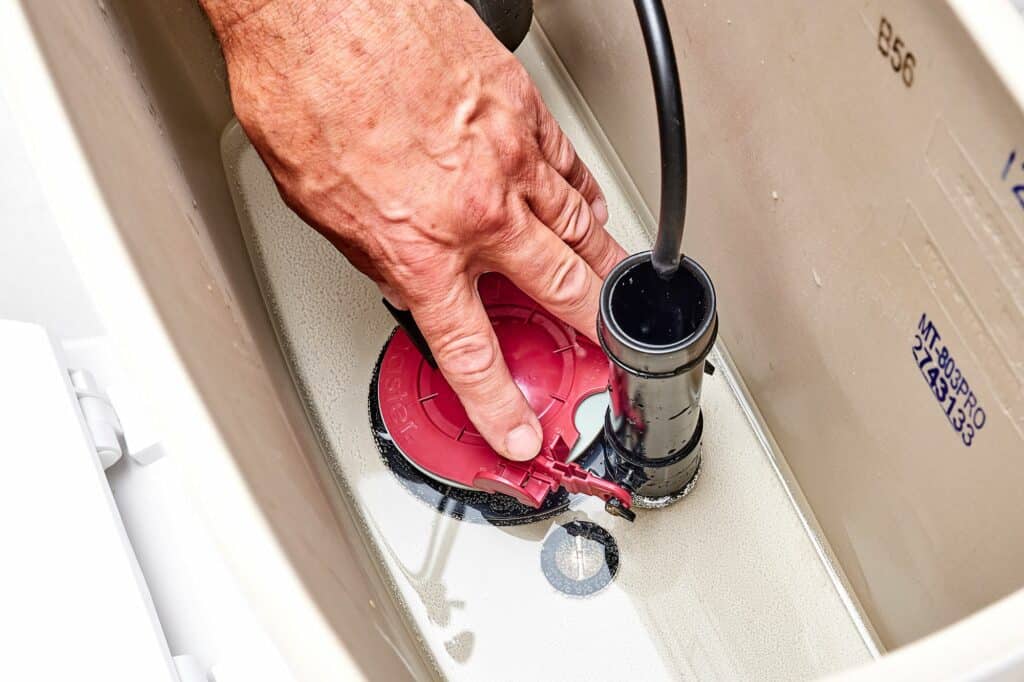
If, after looking through the toilet tank, you discover the toilet flapper to be faulty, here are a few handy steps to ensure your toilet tank is good as new
Step 1: Shut Off Your Water Supply
If you want to install a new toilet flapper, you must turn off the water supply. Your toilet’s water supply mostly comes through a hose running along the left side of your toilet bowl.
Step 2: Drain the Tank
Whether switching out a problem flapper or just probing around your toilet tank, you’d want to work with an empty tank. Flush your toilet to empty out the tank.
Step 3: Remove the Flapper
Toilet flappers don’t just come in varying sizes; they are also known to mount differently. However, toilet flappers are generally hard to miss and fairly easy to maneuver.
Step 4: Choose a New Flapper
As a rule, when changing out an old toilet flapper, you’d want the replacement to be about the same size as its predecessor. Essentially, it is usually a good idea to head down to the hardware store with your worn flapper before choosing a new flapper.
Step 5: Install the New Flapper
With flappers differing across types, sizes, and mounts. Installation methods vary across flappers, so we typically recommend you look through the new flapper’s directions for pointers.
The Float: How to Adjust a Float
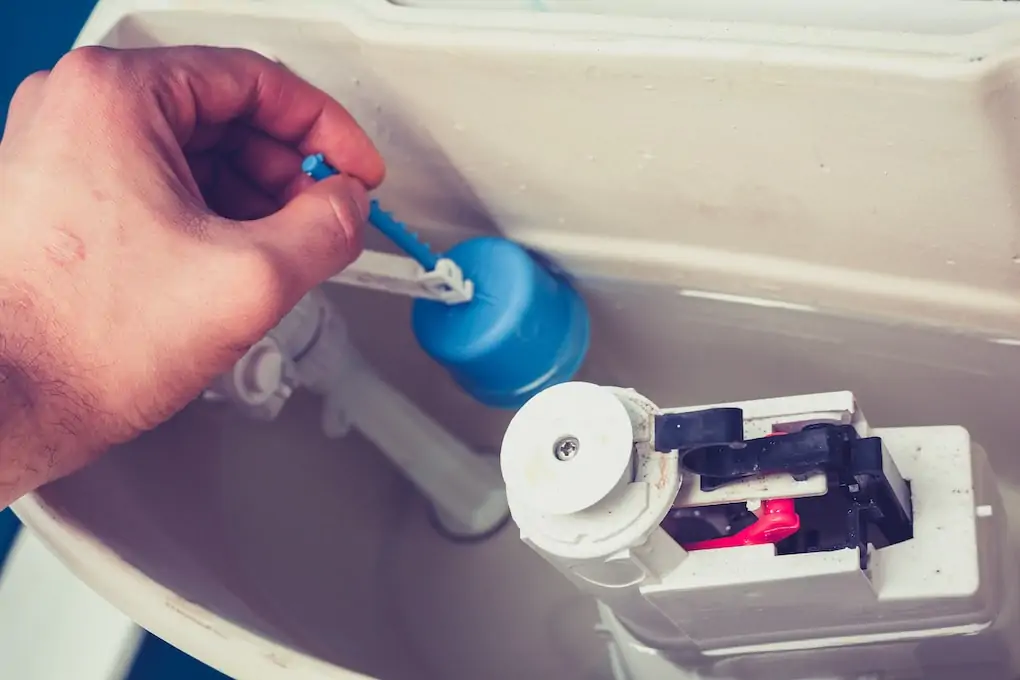
Unlike their flapper counterparts, floats don’t appear alone; they occur in pairs in the toilet tank. A faulty float ball and its counterpart float rods can leave the water level in your toilet tank too high and keep the overflow tube constantly filled. If you recognize your floats as the probable cause of your endlessly running toilet, a simple way to set things right is by first identifying the float type:
Ball and arm float
Column float
Ball and Arm Float
Step 1: Check the Float Level
While it is good practice to set your float so that it is two inches beneath the overflow, you might elect to utilize the already provided reference line, which defines the ideal water line.
Step 2: Turn off the Water Supply
Water is typically supplied via a hose to the left of the toilet. This hose typically runs into the floor of your bathroom. Locate the handle at the base of the hose and twist it clockwise.
Step 3: Locate Screw-in Floats
These are typically located close to the fill valve. Maneuver down to the float’s screws and twist in anticlockwise motions to loosen up the floats.
Step 4: Adjust the Float’s Height
Here, you’d want to manipulate your float until it just sits on the reference waterline of your toilet tank.
N.B: Following adjustment of the arm float and ball float, it’s usually a good idea to run the test float level again.
Column Float
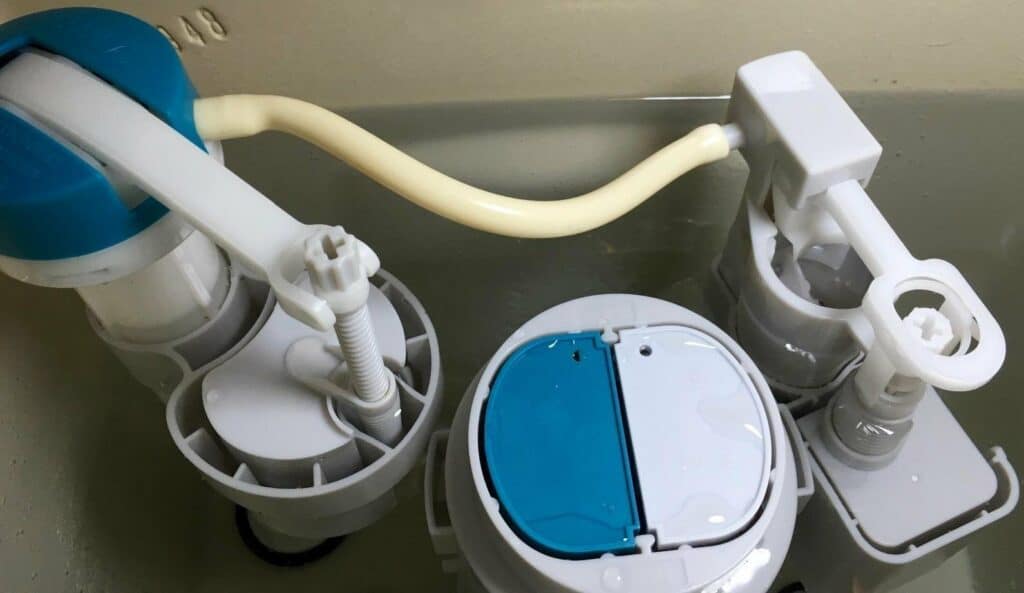
Step 1: Check Float’s Level
It is advisable to fix your float two inches beneath the overflow tube with column floats. However, it is not uncommon for toilet tanks to signify an ideal water line.
Step 2: Locate the Float’s Release Clip and Adjust the Float
The float clip is located on a long, hard-to-miss tube, running from the float to the fill valve. You’d need to squeeze the clip loose to adjust the column floats in your toilet tank.
Step 3: Refix Float Release Clip
N.B: Like the arm and ball float, you’d usually want to test the float level following readjustment.
How to Fix a Fill Valve Assembly?
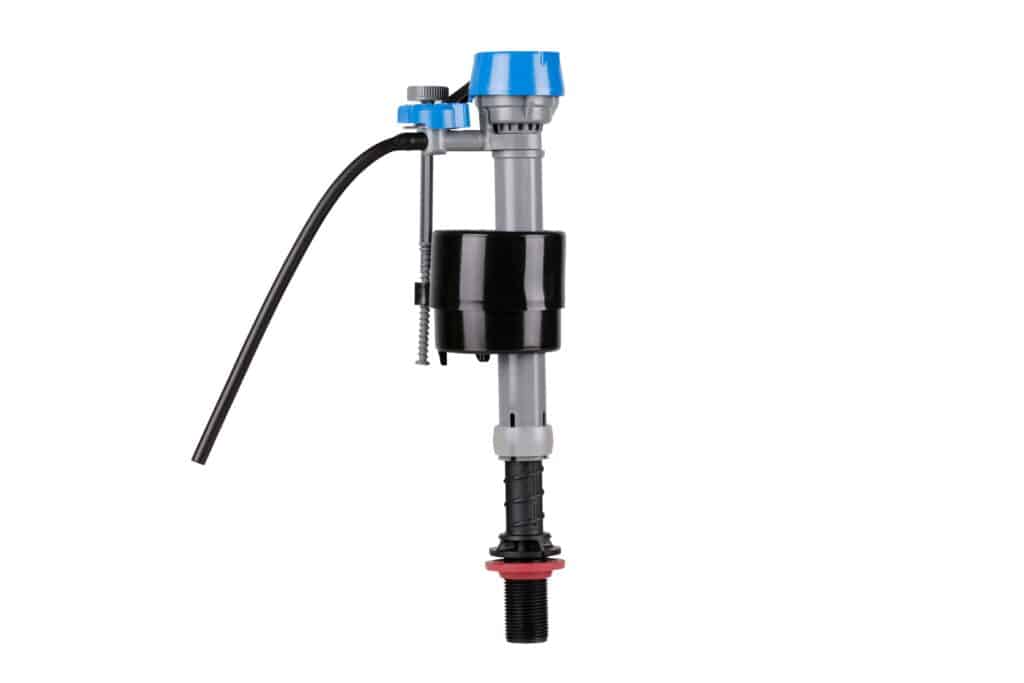
The fill valve is responsible for water flow from the main water supply line to the toilet tank. Although a broken fill valve might continue running water into the tank, the flow is typically abnormal and is often identified as a common cause of running toilets.
● Shut off the water supply.
● Drain the toilet: Before changing out a fill valve, you’d usually want to ensure the toilet tank is empty.
● Cut off the water supply from the tank; follow from which it joins into the bottom of your toilet tank.
● Unscrew the lock nut located at the base of the fill valve.
● Take out the fill valve.
● Choose a new valve: like flappers, faulty valves are typically replaced by a valve of similar makes and sizes. When shopping for a new valve, we strongly recommend you visit your hardware store with your worn valve—you’d thank us later.
● Reconnect the water supply.
Conclusion
Although stopping a running toilet isn’t rocket science, we still recognize that dismantling a toilet tank can be tricky for newbies. It is okay to call a plumber if you feel overwhelmed by the particulars of your toilet tank and even if you manage to run the toilet on your own.
